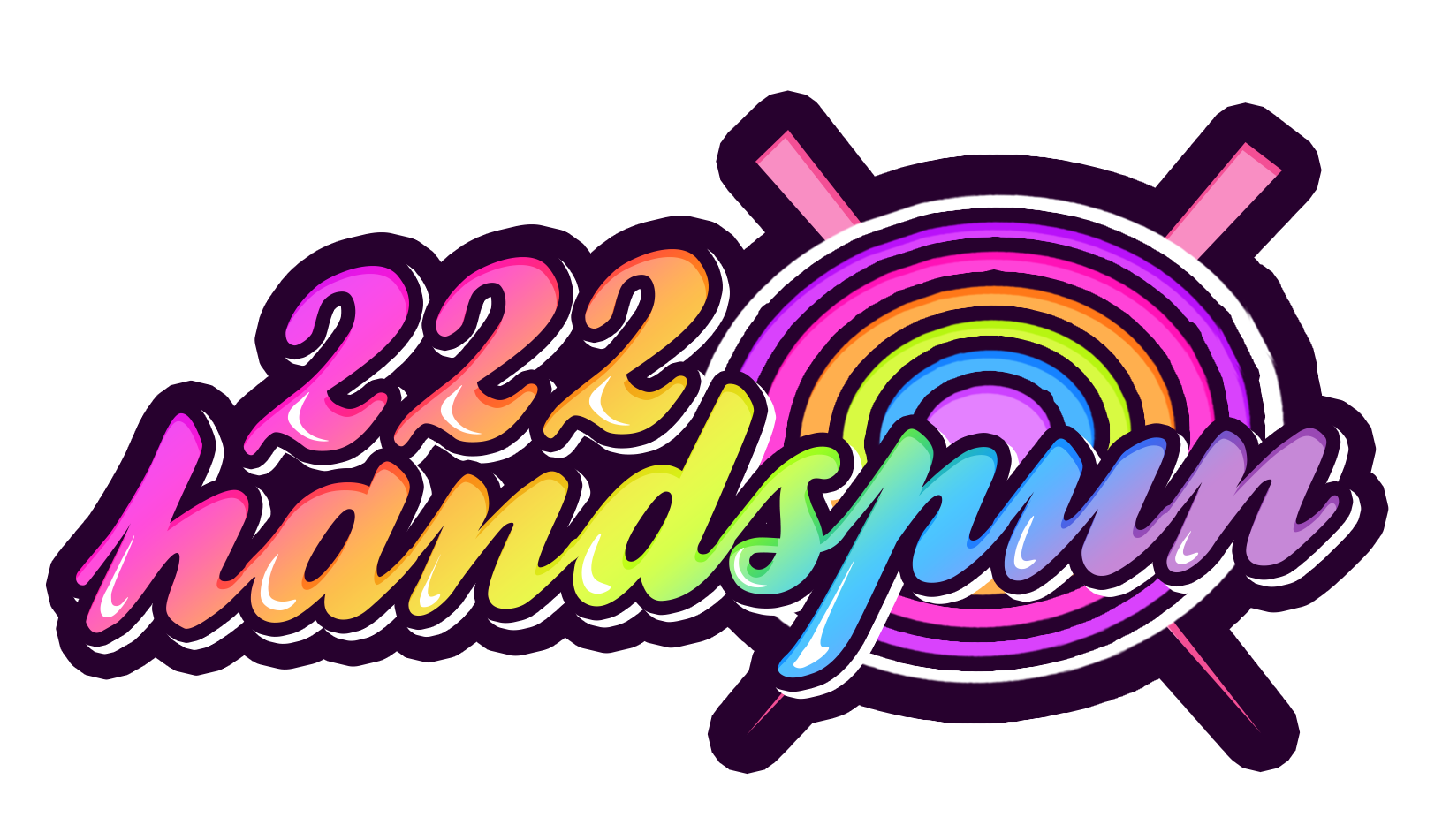Spinning and Yarn FAQs
Here are answers to some of the frequently asked questions I get about spinning and yarn in general.
Yarn and Spinning Questions
Handspun Mohair Yarn
Q) I have some wool yarn that is scratchy. Is there anyway to make it softer like using hair conditioner?
A) Unfortunately there is no good way to make wool softer because most likely you have a coarse wool you are dealing with. Sheep’s wool ranges from very fine soft fiber like Merino to thick coarse rug wool like Karakul. The larger the micron count, or diameter, the more coarse it will feel. Woolen yarns also tend to be itchier because the fibers are arranged in different directions and their cut ends protrude from the surface of the yarn more.
Usually anything over 24-25 microns starts to feel itchy on the skin, with anything over about 30 being uncomfortable. This is often mistaken for a wool allergy, which is actually pretty uncommon. Hair conditioners do little to affect the softness because you cannot change the diameter of the fiber. In fact, you may do damage to the yarn if you use something with the wrong pH. That is why it is always recommended using wash specifically formulated for wool.
Q) I have a wool allergy. What other natural animal fibers can I use?
A) See above. Wool allergies are actually not very common. What you are probably feeling is the cheap sweater effect. Or you may have a problem with the natural grease in the fiber. Try using 100% ultra fine wool like Merino. You will not itch. If you have a true allergy to sheep's wool, you can try alpaca, which has no natural grease and is said to be hypoallergenic. Again, be careful with what you choose because adult alpaca can be coarse as well so you will want to choose a fine baby alpaca.
Q) What is the difference between woolen and worsted yarn?
A) These are basically two different spinning and fiber preparation techniques that result in a smooth dense finished yarn in the case of worsted vs. a loftier, less dense woolen spun yarn that is good for sweaters and insulating fabric. Here is a table from The American Wool Council that shows the different characteristics:
| Woolen | Worsted |
| Spun from short wool fibers (1-3 inches long) |
Spun from long wool fibers (more than 3") |
| Spun from medium or coarse diameter wool fibers | Spun from fine diameter wool fibers |
| Fibers are washed, scoured and carded | Fibers are washed, scoured, carded, combed and drawn |
| Lower tensile strength than worsteds | Higher tensile strength than woolens |
| Low to medium twist | Tighter twist |
| Bulky, uneven yarn | Fine, smooth yarn |
| Soft, fuzzy appearance | Crisp, smooth appearance |
| Heavier weight | Lighter weight |
| Not as durable as worsteds | More durable than woolens |
| Does not hold crease well | Holds crease well |

